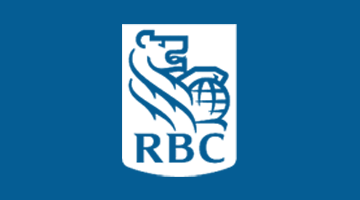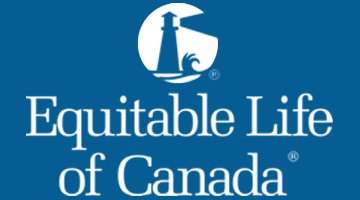Get Your FREE Life Insurance Quotes Today
What is the Canada Pension Plan?
Benefits from the Canada Pension Plan (CPP) provide retirement income. As well, the CPP pays benefits when a contributor becomes disabled, and to the family of a deceased contributor. However, farmers and other self-employed individuals sometimes encounter difficulties in understanding the CPP and the calculation of benefits from it.
How CPP Works
The Canada Pension Plan has been operating since 1966 and is designed to protect families against income loss due to retirement, disability or death.
The CPP is a contributory plan, funded entirely by the contributions from employees, employers and self-employed persons. Additional funding is obtained by the investments of the Canada Pension Plan Investment Fund.
One month after reaching age 18, participation in the plan is achieved through compulsory contributions on earnings from employment or self-employment. Contributions are made on earnings from salary or wages received as an employee or net earnings from self-employment as defined by the Income Tax Act.
Contributions are made on annual earnings above a minimum called the Year’s Basic Exemption, to a maximum called the Year’s Maximum Pensionable Earnings. The Basic Exemption and the Maximum Pensionable Earnings change over time.
CPP benefits include:
- Retirement income.
- Disability benefits.
- A lump sum death benefit.
- Benefits for children of disabled and/or deceased contributors.
- Benefits for the surviving spouse/common-law partner of a deceased contributor.













